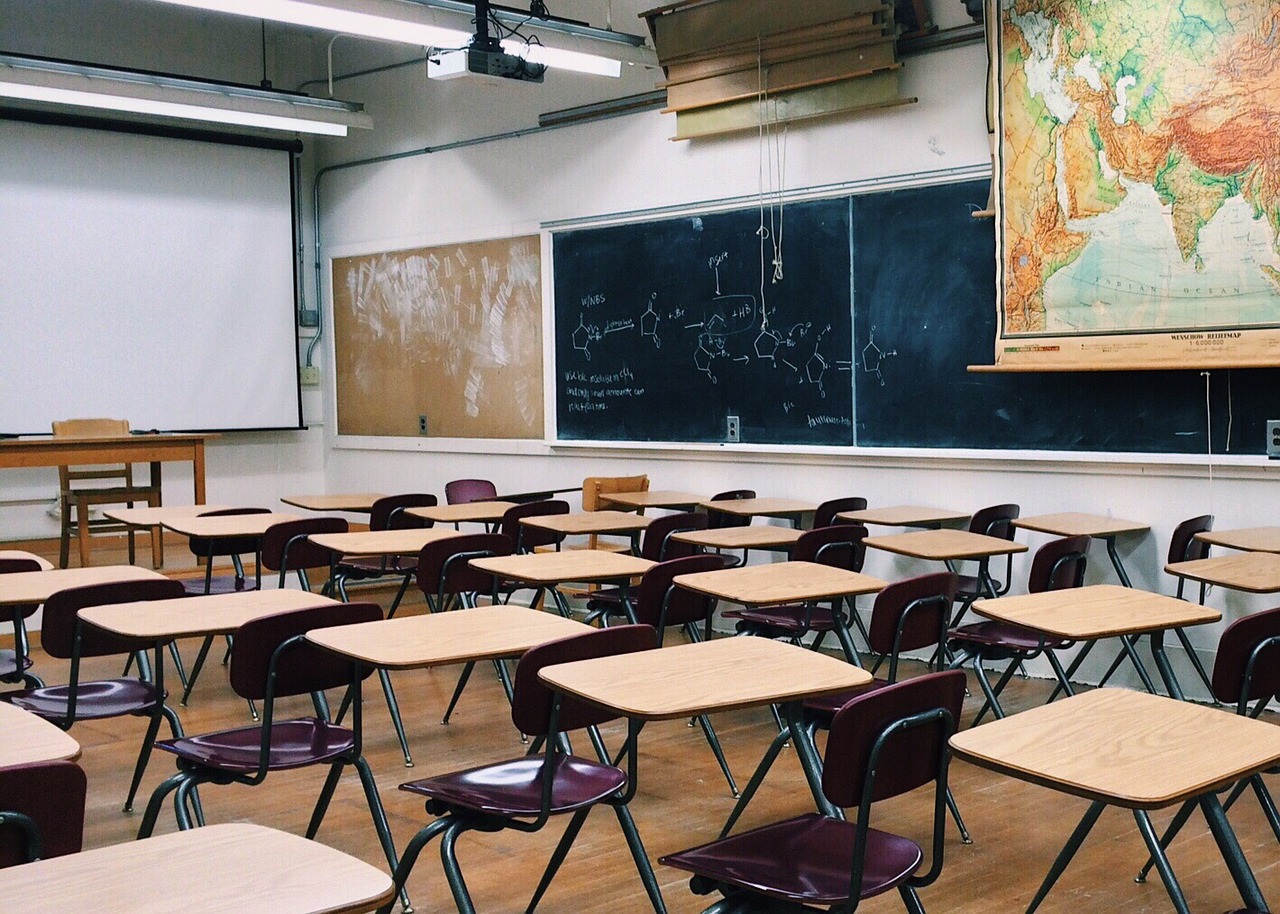Views expressed in opinion columns are the author’s own.
Most people can think of at least one teacher that had a lasting impact on their lives. Maybe it was the one who inspired them to work harder, the one who sparked an interest that led to a career or the one who helped them through a hardship in school or at home.
With each student spending about 15,000 hours in class from grades 1 to 12, we’re under the care of our teachers for a huge chunk of our childhood. So why are they largely underpaid and often looked down upon by other professions?
[Read more: UMD Senate votes for a program to train teachers to use technology in the classroom]
The starting salary for teachers is less than $31,000, and the average teacher spends about 12 additional hours per week on things they aren’t paid for — such as grading, planning and providing extra help to students — in addition to their time in the classroom. They also spend a good portion of the summer preparing for the next school year and participating in training and continuing education.
Maryland’s Commission on Innovation and Excellence in Education has been researching how to address these serious challenges. One of the reporting work groups, led by state Sen. Paul Pinsky, recommends a raise in hiring standards for teachers alongside a raise in pay. This would entail teachers getting a year of classroom experience in training before coming on the job and continuing to learn more about their subject field after that. In return, the panel wants to increase teacher salaries by 10 percent over the next three years.
These recommendations would not only ensure the full preparation of our teachers, but it would also help draw top educators to Maryland and ease their financial burden. According to a recent survey, more than 40 percent of Maryland teachers hold second jobs; raising their salaries would allow them to focus on their primary job. Plus, the training requirements could help justify a salary increase to those who have been resisting such a change for years.
[Read more: “We need this desperately”: grad teaching assistants could get collective bargaining rights]
Change is certainly coming. Hopefully for our students and educators, it will be sooner rather than later. In the meantime, there are some important things we can do to help ease the financial burden on Maryland educators.
The average teacher spends nearly $480 of their own money on classroom supplies each year to provide the best learning environment for students. Meanwhile, the recently implemented PARCC Assessment costs the state millions of dollars per year and does very little to add to students’ education. In fact, many see it as detrimental, eating into instructional time and adding extra pressure on already overworked students.
Why not reallocate some of the money spent on superfluous initiatives like PARCC toward helping teachers purchase necessary supplies? After all, they’re the ones who know their students’ specific needs and what materials would be actually beneficial. Better compensating teachers for classroom supplies would not only reduce the burden on them, but would also ensure that all students receive the supplies they need, regardless of their teachers’ ability to budget in the extra costs.
We have to be doing more to help our teachers as they shape our kids and therefore our society. Having underpaid and overworked teachers will erase any benefits we gain from new technology, more testing or any other changes we make to our education system. It may be a slow change with an even slower payoff, but it is absolutely necessary for the betterment of our community and our future.
Alyssa McKinney is a a sophomore electrical engineering major. She can be reached at alyssa.cmck@gmail.com.



